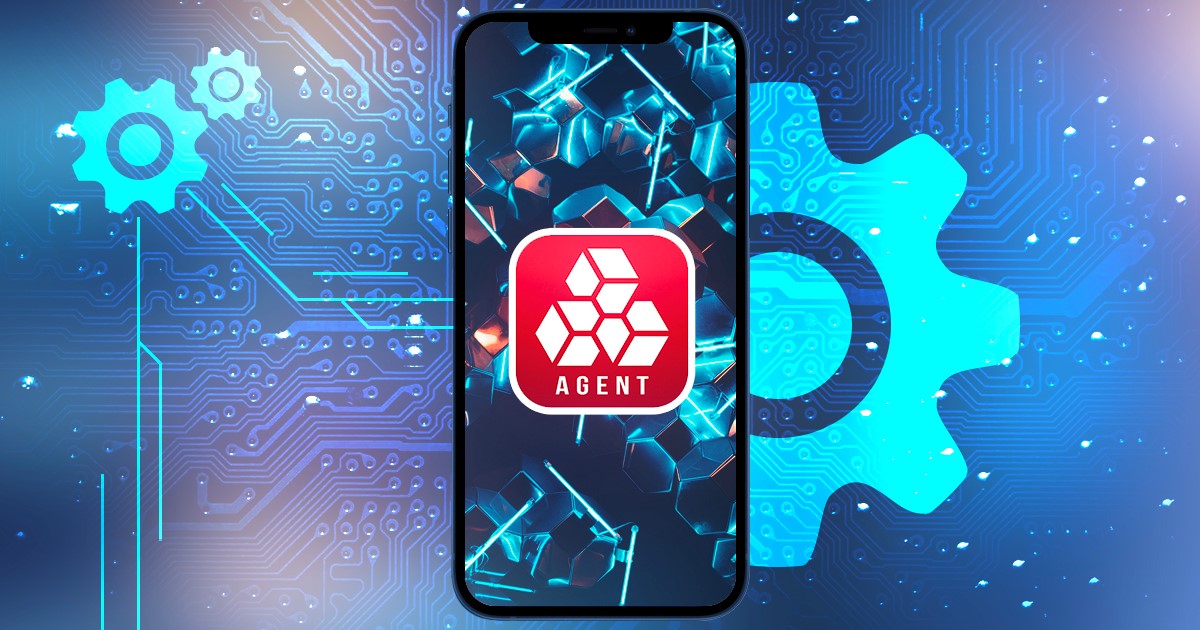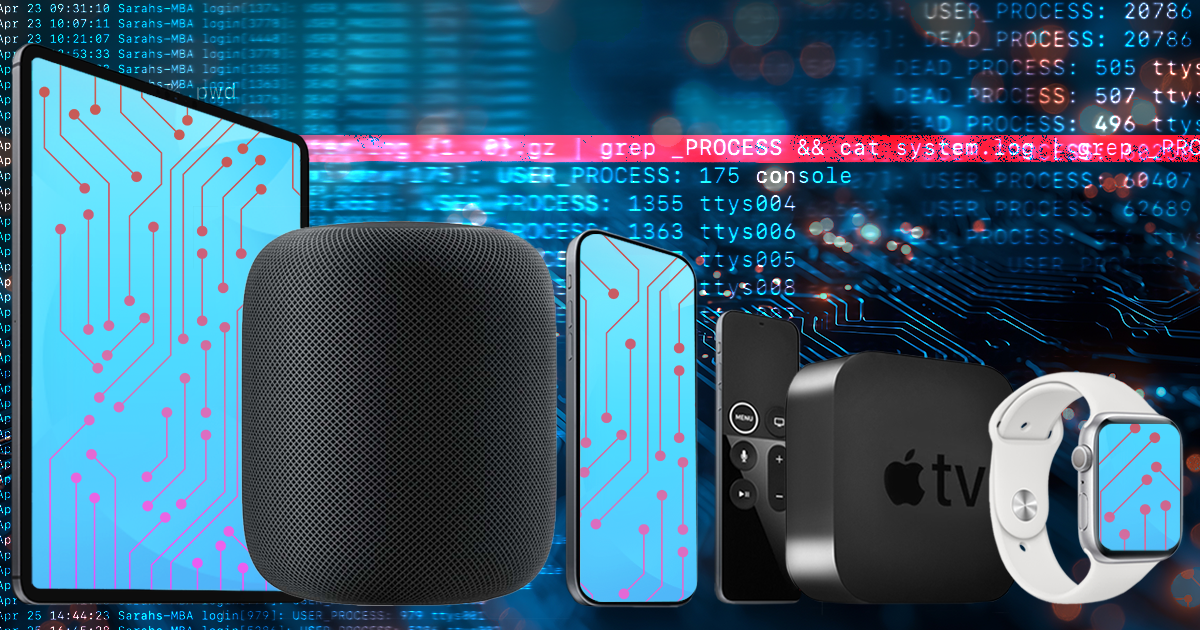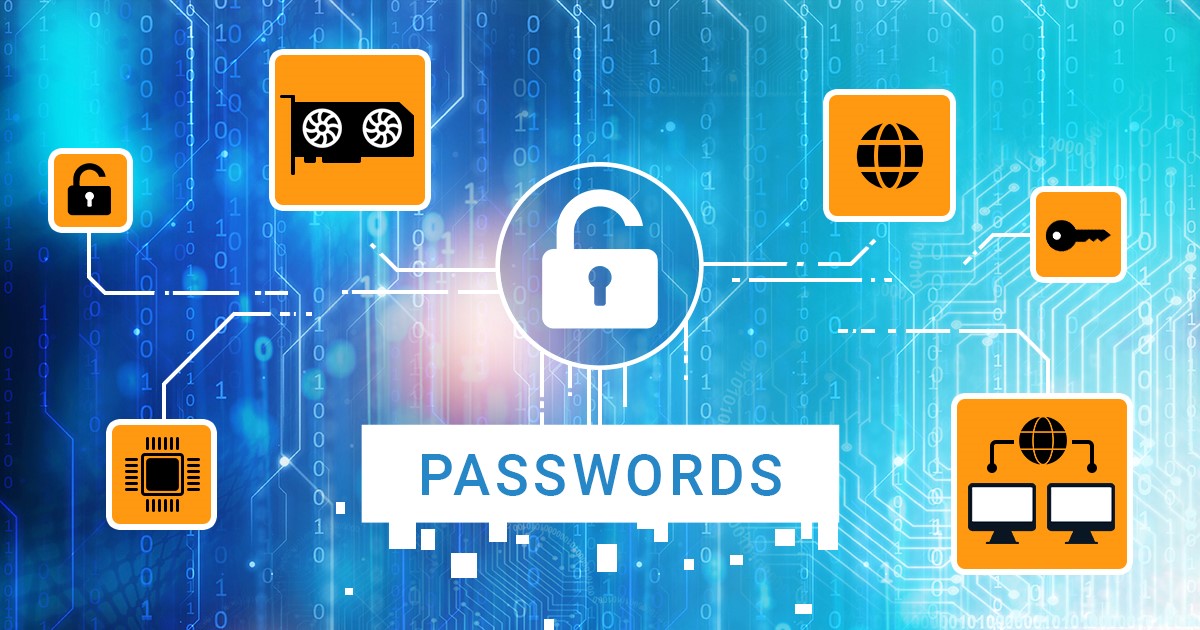In the latest update of Elcomsoft Distributed Password Recovery (EDPR), we’ve introduced a revamped load-balancing feature. The new feature aims to enhance resource utilization on local workstations across diverse hardware configurations. This update has drastically reduced the time required to break passwords in certain hardware configurations, thanks to a refined load distribution algorithm. In this article, we’ll share some technical details on how load balancing leverages a mix of GPUs and CPU cores.
Our blog features numerous articles on breaking passwords and accessing encrypted data, ranging from simple “how-to” guides to comprehensive manuals. However, many of the questions we are frequently asked are not about the technical stuff but rather the very basics of password recovery. Can you break that password? Is it legal? How much time do you think it will take to break this one? We do have the answers, but they require digging through the extensive content of our blog. To address this, we’ve created a comprehensive A to Z article that not only answers many common questions but also links to our previous posts.
This article opens the series of publications aimed to help experts specify and build effective and power-efficient workstations for brute-forcing passwords. Power consumption and power efficiency are two crucial parameters that are often overlooked in favor of sheer speed. When building a workstation with 24×7 workload, absolute performance numbers become arguably less important compared to performance per watt. We measured the speed and power consumption of seven video cards ranging from the NVIDIA Quadro T600 to NVIDIA RTX 3070 Ti and calculated their efficiency ratings.
Today’s data protection methods utilize many thousands (sometimes millions) hash iterations to strengthen password protection, slowing down the attacks to a crawl. Consumer-grade video cards are commonly used for GPU acceleration. How do these video cards compare, and what about the price-performance ratio? We tested five reasonably priced NVIDIA boards ranging from the lowly GTX 1650 to RTX 3060 Ti.
Most password protection methods rely on multiple rounds of hash iterations to slow down brute-force attacks. Even the fastest processors choke when trying to break a reasonably strong password. Video cards can be used to speed up the recovery with GPU acceleration, yet the GPU market is currently overheated, and most high-end video cards are severely overpriced. Today, we’ll test a bunch of low-end video cards and compare their price/performance ratio.
Today, we have an important date. It’s been 13 years since we invented a technique that reshaped the landscape of modern password recovery. 13 years ago, we introduced GPU acceleration in our then-current password recovery tool, enabling the use of consumer-grade gaming video cards for breaking passwords orders of magnitude faster.
The first Microsoft Office product was announced back in 1988. During the past thirty years, Microsoft Office has evolved from a simple text editor to a powerful combination of desktop apps and cloud services. With more than 1.2 billion users of the desktop Office suite and over 60 million users of Office 365 cloud service, Microsoft Office files are undoubtedly the most popular tools on the market. With its backward file format compatibility, Microsoft Office has become a de-facto standard for documents interchange.
There had been a long standing competition between NVIDIA and ATI which has lasted for years now. And there is no winner so far — just like with Windows vs. Linux or PC vs. Mac debate there are ones who prefer the former and others who prefer the latter. Kind of «religious» issue.
Tom’s Hardware is a really good source we can definitely trust, so if you need more details on Radeon HD 5000-series cards (specifications and prices) that are coming soon, just read:


